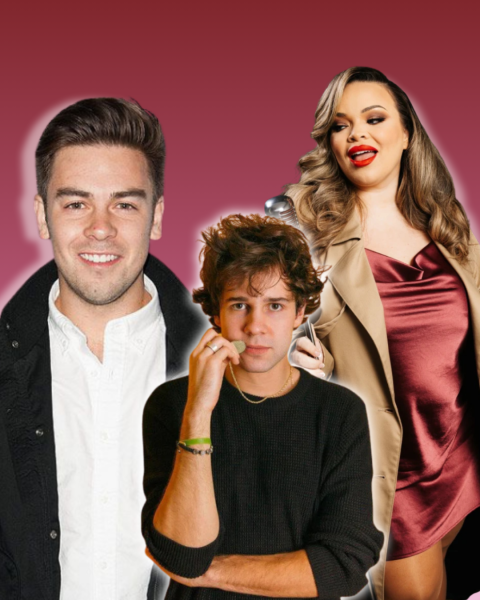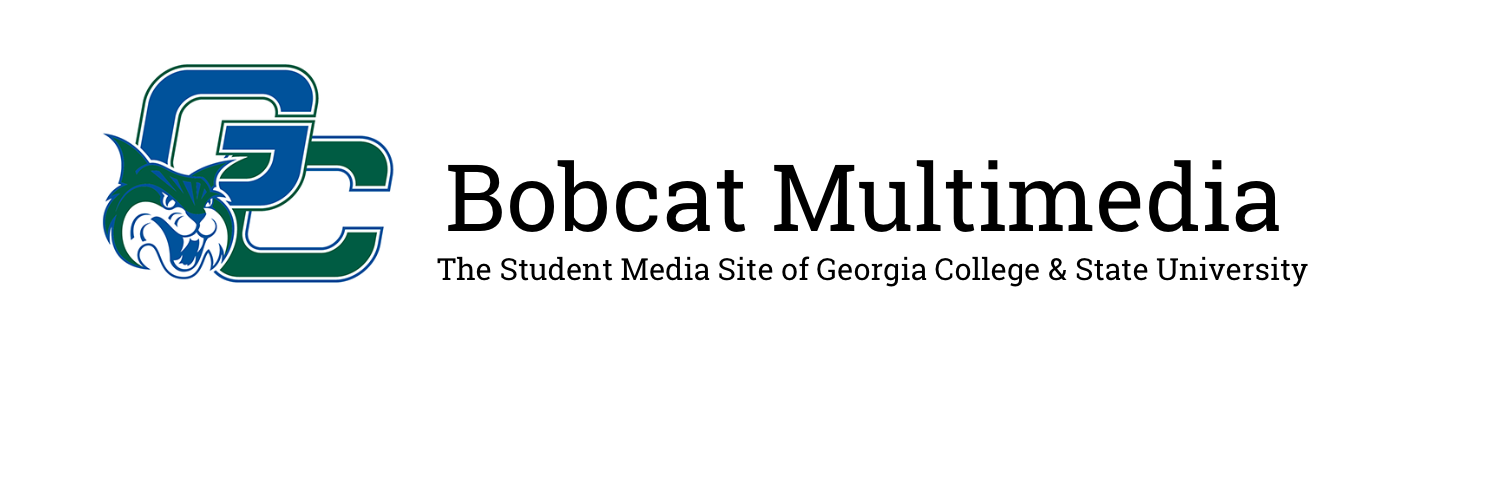
Jake Paul. Cody Ko. David Dobrik. Colleen Ballinger. Trisha Paytas. What do all of these celebrity influencers have in common?
Yes. That’s right, the concept of cancellation to comeback pipeline.
These influencers have had massive cancellations, from David Dobrik in a legal lawsuit to a weight loss journey that shocked the internet, all the way to people believing Trisha Paytas’ new baby is the reincarnation of the late Ozzy Osbourne.
The question is how do these influencers make a comeback after a cancellation? Who do we think of when this happens?
“I think of Tana Mongeau and how she had a lot of drama surrounding her but was able to come back after taking accountability,” said Clare Thoman, a junior psychology major. “I think influencers are able to come back because the internet loves to bandwagon and say the same thing the next person is.”
I agree with Thoman in that we really do feel something bigger even if it is for a negative situation rather than a positive. I think that people shouldn’t be canceled if they take accountability and apologize, as long as it is well intentioned and actions follow their words going forward.
“We cancel people because the internet has become our whole space. It takes up all of our mental space and leaves no room for anything else. We begin to think that any small mistake is who that person truly is. It may also be a way to feel a part of something bigger, to gang up on one person,” said Thoman.
It’s this very desire to be part of a collective that drives the widespread adoption of “cancellation,” transforming it from a solitary judgment into a community-driven action. This collective effort is often framed as a way to demand accountability, leveraging a group’s collective power to influence a celebrity’s public standing and career.
“We cancel influencers to hold them accountable for actions and behavior,” said Olivia Langston, a senior English major. “It functions similar to a boycott, where we withhold our payment (views) because of poor business practices (bad behaviors being made public).”
In the attention economy of social media, consumption is power, and we have the power to choose where we invest our viewership time. I think cancellation is the power of consciously using that power.
Our voices need to be heard, and sometimes that is from making sure someone who has a large platform knows what they have done is right or wrong. That being said, online communities can become toxic where we get what is right and wrong skewed.
It is important to know when it is appropriate to spread awareness, create merchandising and film certain content with intention and humility.
The biggest issue I see with influencers who have been cancelled and make a comeback has to be the lack of empathy, business-minded attitudes and no self-awareness. There’s a saying that bad press is still good press because it is press, but I don’t believe that is the case here to foster a loyal fanbase.
“For me, when I think of a “cancelled celebrity,” I think of Jason Aldean,” said Emily Benyak, a junior environmental science major. “He’s probably my favorite music artist. In 2023 he released a song called “Try that in a small town”.
The rest of the quote explains that the song was intended to be about community strength and mutual protection in small towns, but it was misinterpreted as promoting racism and violence. This misunderstanding led to him being “canceled” by many people. However, the controversy made the song incredibly popular, ultimately resulting in a significant comeback for him. Benyak believes that these comebacks often occur when a celebrity’s original intent was not to cause harm and a misunderstanding was the cause of the backlash.
This is another factor that comes into play. Celebrities will have good intentions in their work, while the audience interprets it otherwise.
“I personally don’t really “cancel” others,” Benyak said. “People will sometimes do or say things that I may not agree with but that’s ok. I also do think that it’s our job to use our words wisely and to build each other up rather than break others down with what we say or do.”
Ultimately, the “cancellation to comeback pipeline” is a testament to the fluid and often unpredictable nature of online culture. It shows that while public opinion can be swift and unforgiving, it is also capable of change.
The most successful comebacks are not just about weathering the storm but about demonstrating a willingness to learn and adapt. For the public, it raises a question about the purpose of cancellation itself, is it a tool for permanent removal or a temporary lesson designed to elicit growth?

